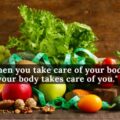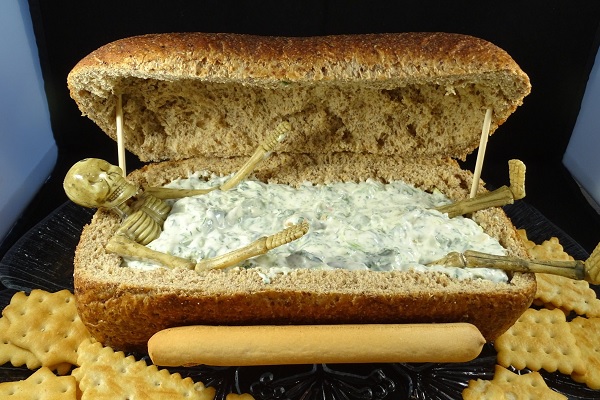Healthy food choices provide your body and your brain the energy that they need to get on with daily activities, the building blocks – components for your skin, muscles, brain and hair, protection from common colds and more serious diseases. It is not only a question of simply eating, it is a question of eating foods from a healthy and balanced diet every single day.
A healthy diet of healthy food choices is a balanced mix of dietary fibre, good fats, complex carbohydrates, protein, vitamins and minerals, with as little salt, simple sugar, saturated and trans-fats as possible:
Fat: Eat foods that are low in unhealthy saturated and trans fats, prefer mono and polyunsaturated fats. Buy lean meats- pork, beef, chicken, turkey, remove visible fats from meat before cooking, remove the skin from turkey and chicken. Try not to eat duck and goose but you can have fish fatty or lean as it is high in healthy omega 3 fatty acids. There is no need to add oil to meat when you are cooking; grilling or baking is your best option, frying is the worst. Extra virgin olive oil, canola oil, walnuts and ground flax seeds are healthy sources of fat. Butter and margarine are high in saturated and trans-fatty acids.
Fibre: Dietary fibre can be either soluble or insoluble and both come with amazing health benefits. Fibre moves quickly in your system with sufficient fluid intake and makes you regular. Fibre has no calories and you need to eat at least 25-30 grams every day from whole grains, fruits, vegetables and legumes. Check the fiber content of foods you buy at the supermarkets, anything above 4-5% is great.
Sugar: Avoid added sugars to avoid extra calories that will make you put on weight easily. Added sugar has many hidden names, so check the ingredients list for fructose, glucose, maltose, dextrose, corn syrup, honey as well as a simple sugar. Sugar has no nutritional value, include no vitamins or minerals, they are only empty and addictive calories. Yes, sugar and its substitutes act a bit like addictive drugs in your body.
Salt: Too much sodium can cause high blood pressure, heart complications and even heart attack and stroke. Watch out for hidden salt in processed foods. Table salt that you use in your cooking or on your food is only one way of increasing your sodium intake. Use spices, herbs, vinegar, wine, lemon or lime juice, garlic, ginger and chillies in your cooking instead of salt. Choose low or reduced-sodium soups, cereals, frozen foods and baked goods. Use very little of high salt soy sauce, olives, pickles, chicken salt or garlic salt. If you have had a high sodium diet before reading this blog, consider the next steps and visit a doctor for a heart checkup!
Protein: As the building blocks of your body- bones, skin, hair and muscles, protein is very important for your well-being. Foods high in protein also tend to be high in fats too, so be careful when you buy dairy and meat. Choose the low or no-fat versions of milk – yoghurt and lean meat; nuts and legumes are also great sources of protein. Cottage and ricotta cheese are great low-fat sources of protein, so are egg whites, skinless chicken and turkey, fish, nuts, seeds, corn and soy products. You may have noticed those black bean packets in front of a spanish food shop or other establishments selling similar food items. All of these are rich in proteins.
My list contains each and everything that I have mentioned above for instance fibres, proteins, fats, sugar etc; which also plays a vital role to keep u healthy.

10. Berries
Reach for berries for a powerful dose of health-protecting antioxidants. According to a U.S. Department of Agriculture study, blueberries top the list of antioxidant-rich fruits, followed by cranberries, blackberries, raspberries, and strawberries. The colour of berries comes from the pigment anthocyanin, an antioxidant that helps neutralize “free radicals” (cell-damaging molecules) that can help lead to chronic diseases, including cancer and heart disease. Berries, particularly cranberries, may also help ward off urinary tract infections.

9. Dark, Leafy Greens
Dark, leafy greens – everything from spinach, kale, and bok choy to dark lettuces – are loaded with vitamins, minerals, beta-carotene, vitamin C, folate, iron, magnesium, carotenoids, phytochemicals, and antioxidants. A Harvard study found that eating magnesium-rich foods such as spinach can reduce the risk of developing type 2 diabetes.

8. Whole Grains
Grandma urged us to start the day with a bowl of oatmeal for a healthy breakfast, but did she have any idea that the soluble fibre from oats helps to lower blood cholesterol levels? Whole grains include the nutritional components that are typically stripped away from refined grains. They contain folic acid, selenium, and B vitamins, and are important to heart health, weight control, and reducing the risk of diabetes. Their fibre content helps keeps you feeling full between meals as well and promotes digestive health.
Whole grains, such as oatmeal, whole-grain bread and brown rice can reduce the risk for heart disease. Every organ in the body is dependent on blood flow. If you promote cardiovascular health, you’re promoting good flow to the organ system. Many people, especially men, tend to suffer from heart-related problems that can go unnoticed. This can in turn lead to other health issues, even those related to the sexual organs (erectile dysfunction). While you can go right here and find medication to treat such conditions, it is always a good idea to take good care of your health naturally. Enjoy at least three servings a day of whole-grain goodness: whole wheat; barley; rye; millet; quinoa; brown rice; wild rice; and whole-grain pasta, bread and cereals. The daily recommendation for fibre is 21-38 grams, depending on your sex and age, according to the American Dietetic Association.

7. Fatty Fish
The fat found in fish like salmon and tuna is rich in omega-3 fatty acids, which can help protect your heart. The power of omega-3s appears to be their ability to lower blood fats and prevent blood clots associated with heart disease.
Another benefit of deep-water fish, such as salmon, is that the omega-3 essential fatty acids are essential for brain function. Other oily fish that provide the benefits of omega-3s are sardines and herring. The American Heart Association recommends eating at least two servings of fish (especially fatty fish) at least twice a week.
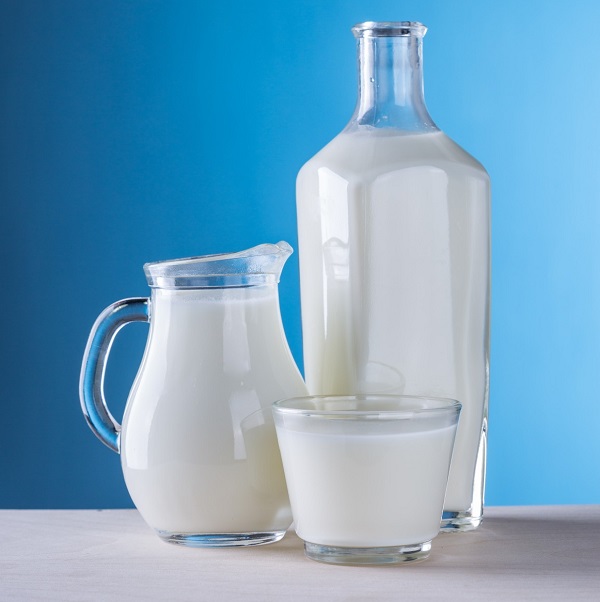
6. Dairy
Dairy foods are included in the ten most healthy foods and are not only the best food source of dietary calcium, but also have plenty of protein, vitamins (including vitamin D), and minerals. The U.S. government’s 2005 Dietary Guidelines recommend having three daily servings of low-fat dairy products, as well as doing weight-bearing exercise, to help keep bones strong and prevent osteoporosis. (If you can’t tolerate dairy, other calcium-containing foods include legumes; dark green leafy vegetables such as kale, broccoli, and collards; and calcium-fortified soy products, juices, and grains.)
Beyond strong bones, dairy may also help you lose weight. Research is ongoing, but a few studies have shown that three daily servings of dairy – as part of a calorie-controlled diet – may help decrease belly fat and enhance weight loss. Low-fat dairy foods make excellent snacks because they contain both carbohydrates and protein. “Dairy foods are perfect snacks for diabetics and everyone else because [they help] maintain blood sugar levels,” says Bonnie Taub-Dix, MA, RD, a spokeswoman for the American Dietetic Association.
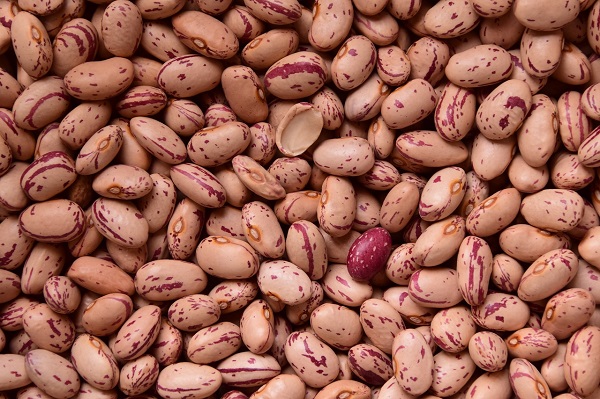
5. Beans and Legumes
These nutritious nuggets are packed with phytochemicals; fat-free, high-quality protein; folic acid; fibre; iron; magnesium; and small amounts of calcium. Beans are an excellent and inexpensive protein source and a great alternative for low-calorie vegetarian meals. They also stabilize glucose (blood sugar) levels. The brain is dependent on glucose for fuel, and since it can’t store the glucose, it relies on a steady stream of energy – which beans can provide.
Eating beans and legumes regularly as part of a healthy eating plan can help reduce the risk of certain cancers; lower blood cholesterol and triglyceride levels; and stabilize blood sugar. Beans also play an important role in weight management by filling you up with lots of bulk and few calories.

4. Nuts
Nuts are full of fats. But they’re the healthy, mono- and polyunsaturated kind, which can help lower cholesterol levels and help prevent heart disease. In addition, nuts are a good source of protein, fibre, selenium, vitamin E, and vitamin A. Higher levels of vitamin E correspond with less cognitive decline as you get older.
Small portions of nuts can boost energy and beat hunger, helping dieters stay on track and they are good for eating healthy on the run. Still, nuts pack plenty of calories – and it’s easy to overeat these tasty treats. So enjoy nuts, but be mindful of your portion size. Try to limit yourself to an ounce a day. That’s about 28 peanuts, 14 walnut halves, or just 7 Brazil nuts.
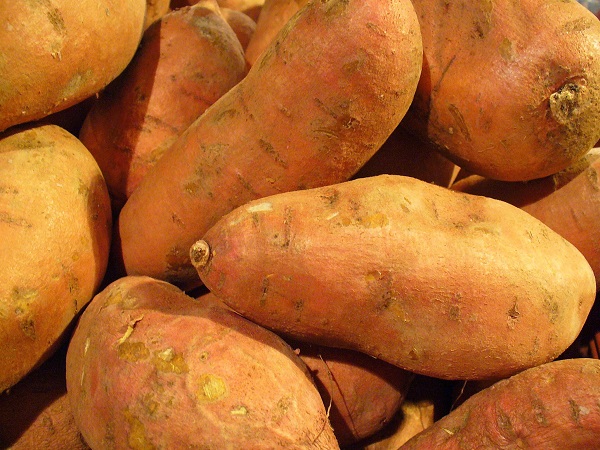
3. Sweet Potatoes
One of the easiest ways to make a healthful dietary change is to think “sweet” instead of “white” potatoes. These luscious orange tubers are one of the healthiest vegetables, boasting a wealth of antioxidants; phytochemicals including beta-carotene; vitamins C and E; folate; calcium; copper; iron; and potassium. The fibre in sweet potatoes promotes a healthy digestive tract, and the antioxidants play a role in preventing heart disease and cancer.
Its natural sweetness means a roasted sweet potato is delicious without any additional fats or flavour enhancers. Substitute sweet potatoes in recipes calling for white potatoes or apples to boost the nutrients.

2. Tomatoes
Tomatoes are a member of the deadly nightshade family, and as such were considered toxic, causing many conditions like appendicitis, “brain fever” and cancer. In fact, they may have just the opposite effect. Tomatoes are really very healthy fruits and can become a part of our daily diet. Its daily use can prevent us from various diseases. Tomatoes were not eaten in the US until the early 1800s when an eccentric New Jersey gentleman Colonel Robert Gibbon Johnson brought them back from a trip overseas. Always one to take advantage of a dramatic opportunity, he announced an amazing display of courage would take place on September 26, 1820. He shocked his hometown of Salem by consuming an entire basket of tomatoes in front of a crowd of spectators, expecting him to keel over any second. Obviously, he didn’t and since then tomatoes have been a staple of the American diet and with good reason.
The red pigment contained in tomatoes is called lycopene. This compound appears to act as an antioxidant, neutralizing free radicals that can damage cells in the body. Only recently, studies have revealed that lycopene may have twice the punch of another well-known antioxidant betacarotene. Studies conducted by Harvard researchers have discovered that men who consumed 10 servings of tomatoes a week, or the equivalent of 10 slices of pizza, can cut the risk of developing prostate cancer by a formidable 45 percent. However, its benefits are not limited to the prostate. Italian researchers have found that those who consume more than 7 servings of raw tomatoes lower the risk of developing rectal colon or stomach cancers by 60 percent. Israeli researchers have found that lycopene is a powerful inhibitor of lung, breast and endometrial cancer cells. Research has also indicated that the lycopene in tomatoes can help older people stay active longer.
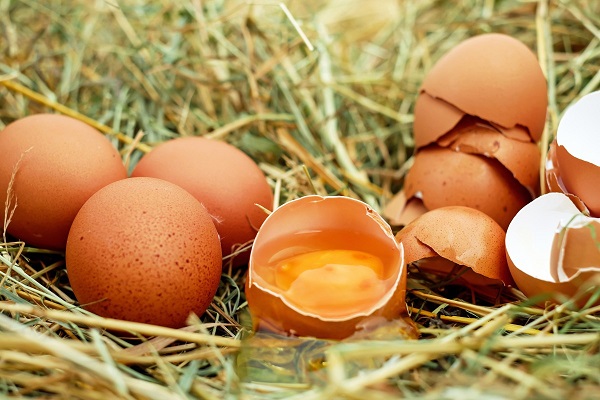
1. Eggs
Their cholesterol content once led to bad press for the mighty egg, but research has redeemed it. It turns out that saturated fat (eggs have little) plays a bigger role than the cholesterol in food in elevating our blood cholesterol.
Eggs are packed with economical, high-quality protein, and are an excellent source of the carotenoids lutein, choline, and xeanthin. In fact, eggs are one of the best sources of dietary choline, an essential nutrient – especially for pregnant women. Eggs have been shown to supply nutrients that promote eye health and help prevent age-related macular degeneration, the leading cause of blindness in older people. Of course, it cannot do any vision correction, and for that, you ought to visit an eye clinic like SharpeVision! But, when it comes to eye health, the egg does play a vital role like the green leafy vegetables.
The American Heart Association has given eggs the thumbs-up for healthy people. As long as you limit your average daily cholesterol intake to 300 mg, you can enjoy an egg a day. So, make sure you have an egg every day!


